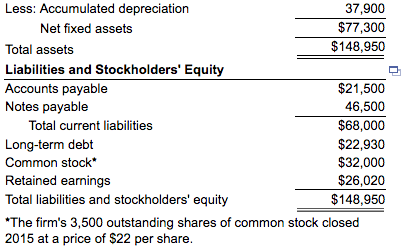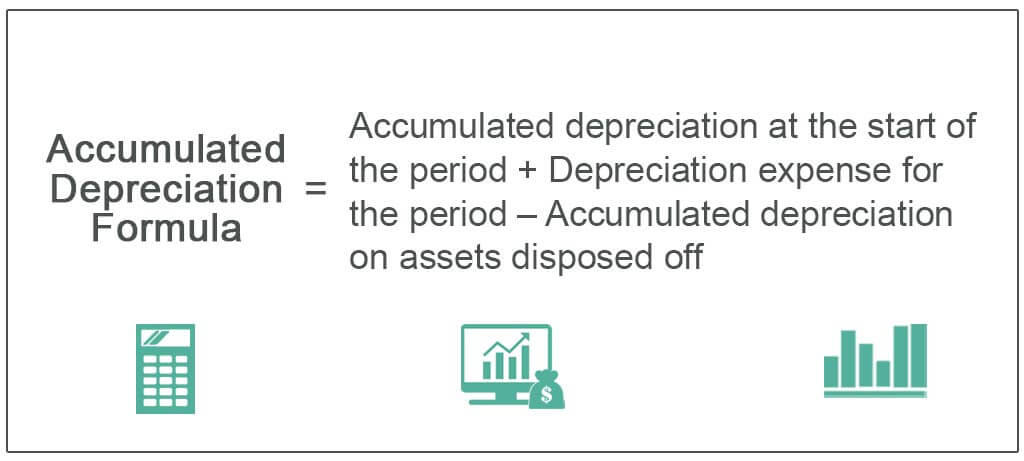
:max_bytes(150000):strip_icc()/AccumDepTacct1-c69fcfbd1b954320a19cd64858d94ec8.jpg)
These steps will need to be repeated and the beginning book value should be calculated for each year of the asset's useful life. You will divide this result by 12, which will provide you with the accumulated depreciation amount in the following year. The starting book value will then be multiplied for the following year according to the percentage factor.

To determine the asset's starting book value for the next period, subtract the accumulated depreciation in the first year ($3,600) from the asset's depreciable amount ($9,000), which equals $5,400. According to this example, dividing $3,600 by 12 equals $300. Depreciation is the decline in the value of a physical asset while accumulated depreciation is the cumulative depreciation of an asset up to a single point. To the accumulated depreciation by month is calculated by dividing the result by 12. $3,600 represents the amount the asset will depreciate in the first year. Next, you will multiply the equipment's depreciable amount ($9,000) by 0.4, which equals $3,600. You would multiply two by one year, which is a small part of the asset's useful life Then, you must figure out the percentage of the asset's depreciation each year. $9,000 represents the depreciable amount the asset has. You will begin by subtracting $1,000 from $10,000, which equals $9,000. Imagine you purchased equipment for $10,000 that has a useful life of 5 years with a salvage value of $1,000. However, the book value of an asset is not indicative of the market value of an asset.įor example, a property located in a desirable neighborhood may continue increasing in value and the accumulated depreciation may also increase, which also causes the value to decrease. The book value represents the highest amount of the remaining depreciation in the future. The asset's book value is indicated based on an asset's accumulated depreciation being subtracted from the asset's cost. The carrying amount of fixed assets in the balance sheet is the difference between the asset’s cost and the total accumulated depreciation and impairment. This allows the company to display both the total depreciation of the asset and the cost of the asset, as well as the asset's net book value on the balance sheet. Accumulated Depreciation: Accumulated depreciation is the sum of depreciation expenses over the years. Whenever an organization records depreciation expense, the same amount is credited to the accumulated depreciation account. The amount of reported accumulated depreciation tells us the total amount of an asset's cost that has been transferred to the income statement, since the asset was obtained, in the form of depreciation expense.Ī debit to a contra-asset account decreases its value and a debit to the account increases its value. Whenever we talk about tangible assets, for example, property or plant and equipment, we use the term depreciation.What does accumulated depreciation tell us?

All are contra-asset accounts and work the same way, with the only difference being the asset they relate. Accumulated Amortization and DepletionĪccumulated Amortization and Depletion is similar to the accumulated depreciation. This method is the same as the diminishing balance method, with a difference that in this IRS decides the life of the asset, based on asset type. But the annual depreciation amount (except for the first year) will be different.Īs advised by the IRS, the companies should use MACRS (Modified Accelerated Cost Recovery System) method to depreciate the assets.

And in this method, even the A/D amount at the end of the asset’s useful life will be $10,0000. However, a company can also decide to use the diminishing balance method for the purpose. When accumulated depreciation is subtracted from an asset’s cost, it may result in the assets’ book value or carrying value. It is important to note that accumulated depreciation get credited when depreciation expenditure gets debited each accounting period. In the above example, we used the straight-line method to calculate the depreciation. Accumulated depreciation is also called as the title of the contra asset account. And it will remove the asset and the accumulated depreciation from its accounts: In this case, the annual entry for charging depreciation to the accumulated depreciation account will be:Īt the end of five years, the A/D, in this case, will be $50,000, but the yearly depreciation will remain the same at $10,000.Īfter ten years, when the company retires the machine, it will pass the following reverse entry. When I book a section 179 entry, I debit an asset account and credit accumulated depreciation account for the amount, /when I do the adjustment for the current 179 expense, I debit the expense account and credit the asset Section 179 for the same amount.


 0 kommentar(er)
0 kommentar(er)
